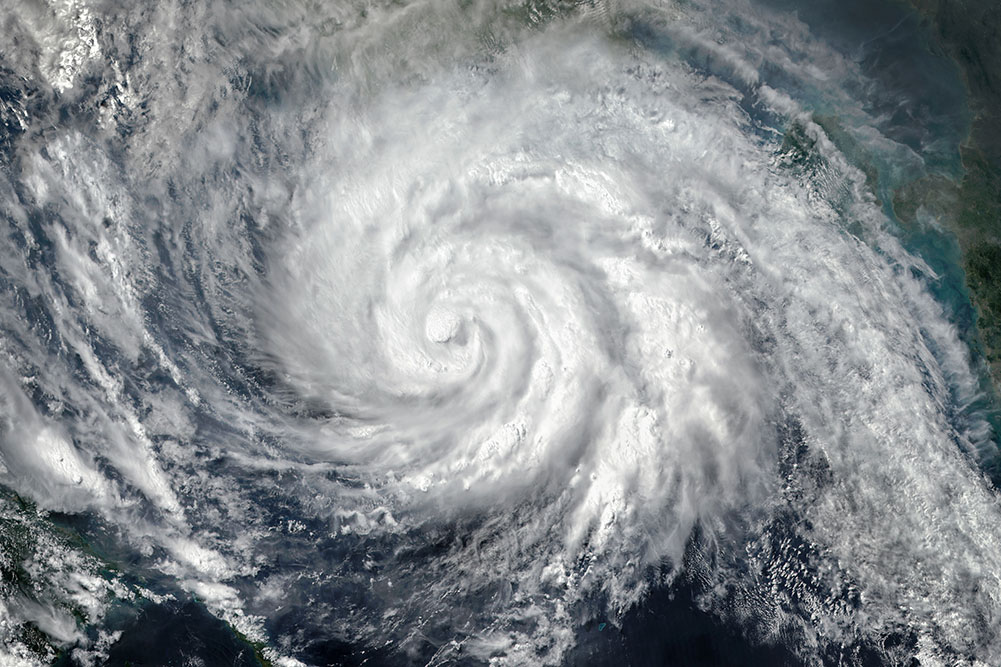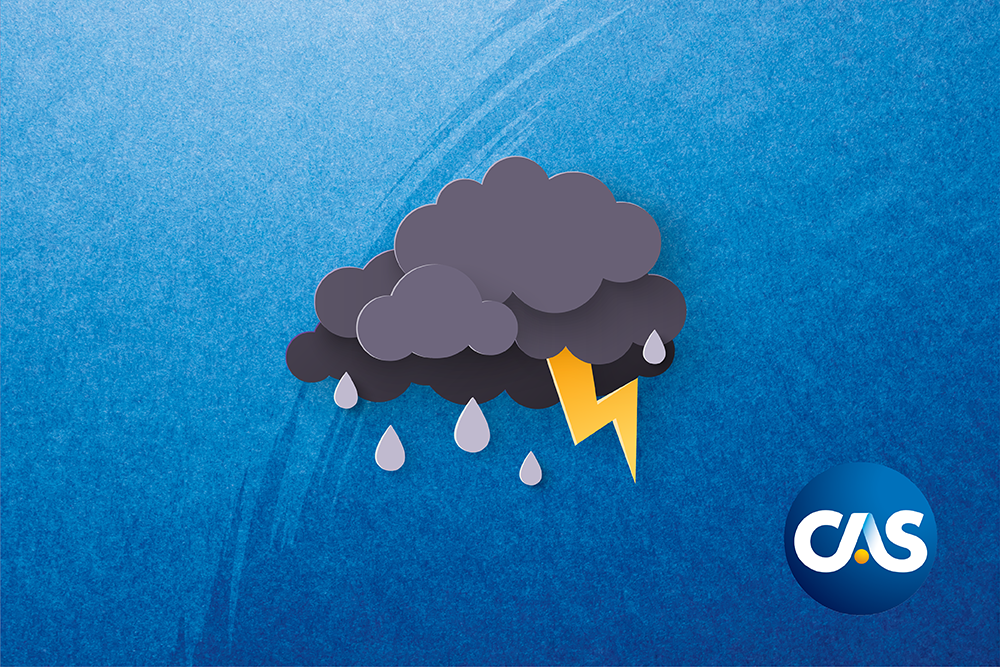Requests for Proposals
Calls for Papers, Requests for Proposals, Membership / Notices to Members, Publications & Research, Research, Reserving
Requests for Proposals, Membership / Notices to Members, Publications & Research, Research, Reserving
The Casualty Actuarial Society (CAS) invites researchers outside the insurance industry, with expertise in modeling longitudinal data, to participate in a property-casualty insurance case study.
The Casualty Actuarial Society (CAS) is offering up to $45,000 to fund research quantifying quantifies the impact of hurricane mitigation measures and associated premium credits.
Requests for Proposals, Extreme Event Modeling, Membership / Notices to Members, Publications & Research, Research
The Casualty Actuarial Society (CAS) is offering up to $45,000 for a research paper that provides guidance on pricing flood exposure.
The Casualty Actuarial Society’s (CAS) Reinsurance Working Group is offering up to $45,000 to researchers either within or outside the property/casualty industry to develop a casualty catastrophe modeling solution for property/casualty reinsurance and/or excess insurance pricing.
Leveraging LLMs in Unstructured Claims Data: The CAS Issues a Research RFP for an Actuarial Solution
The Casualty Actuarial Society's (CAS) Artificial Intelligence Working Group is offering up to $40,000 for research that documents best practices for leveraging Large Language Models (LLMs) in processing unstructured data for claims analysis.
Requests for Proposals, Insurance Hot Topics, Membership / Notices to Members, Publications & Research
The Casualty Actuarial Society’s Risk Working Group is issuing a Request for Proposals (RFP) seeking research related to the use of AI in actuarial work.
The Casualty Actuarial Society’s (CAS) Reinsurance Working Group is offering up to $75,000 for a research project that advances the quantitative estimation and prediction of specific aspects of social inflation for at least one insurance line.
The CAS Ratemaking Working Group is issuing a Request for Proposals (RFP) seeking research related to the development of scaling laws in pure premium models for use in the ratemaking process.
The CAS Ratemaking Working Group is issuing a Request for Proposals (RFP) seeking research related to methods and techniques that incorporate exposures related to severe convective storm in the ratemaking process.










